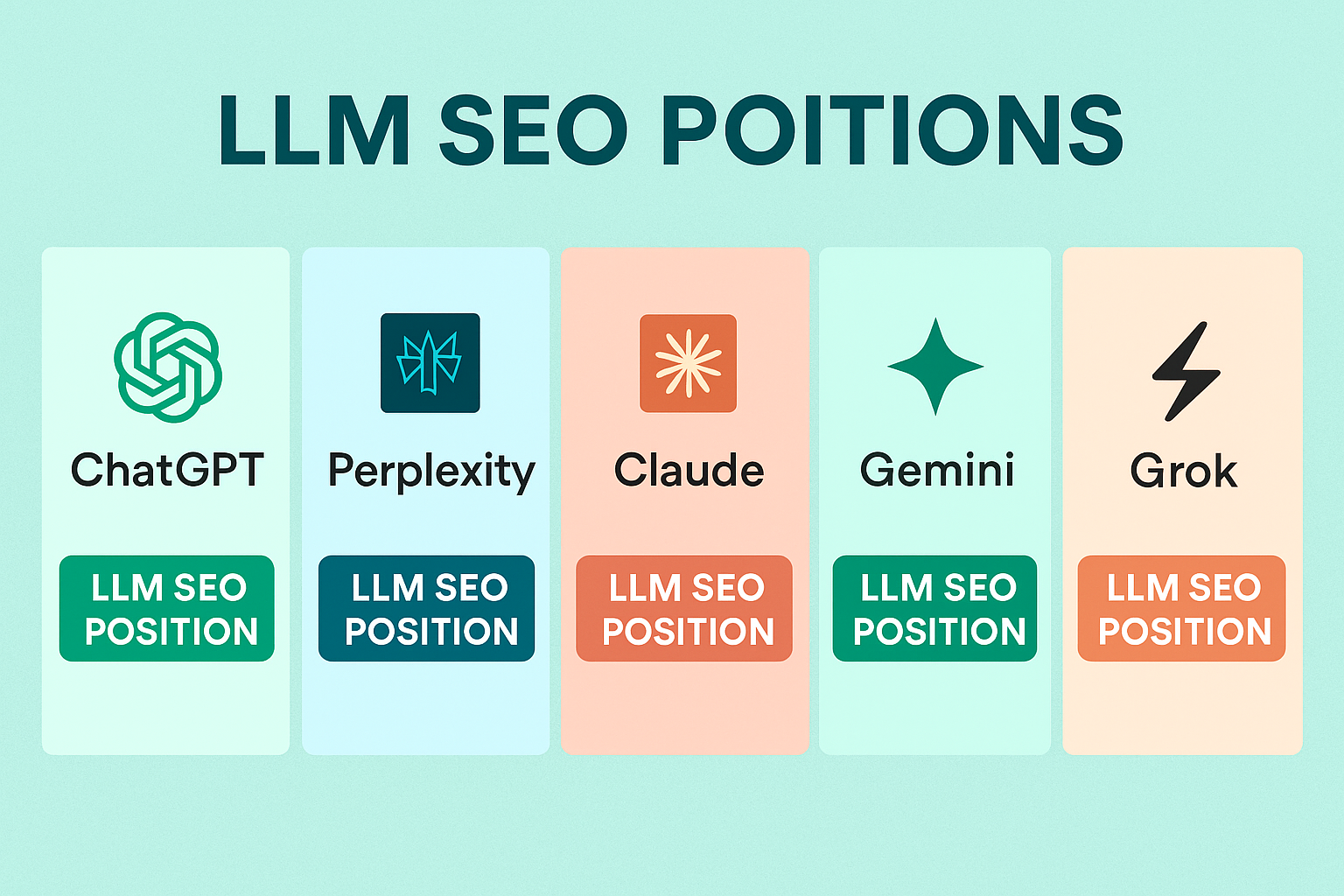Introduction:
In the dynamic world of digital marketing, staying ahead of the competition is crucial. Search Engine Optimization (SEO) is a key strategy for enhancing online visibility, and within the realm of SEO, schema markup has emerged as a powerful tool. In this article, we will delve into what SEO schema is, why it is necessary, and provide a step-by-step guide on how to implement it, accompanied by a simple example.
What is SEO Schema?
SEO schema, also known as schema markup or structured data markup, is a code that you add to your website to help search engines provide more informative and relevant results for users. It’s a vocabulary of tags (microdata) that you add to the HTML of your webpage, providing additional context to search engines about the content on your site. This additional information helps search engines better understand the content, leading to more accurate and detailed search results.

Why is SEO Schema Necessary?
- Enhanced Search Results:
- Schema markup enriches search results with additional information such as reviews, ratings, prices, and more. This makes your listing stand out and provides users with more context before they even click on your link.
- Improved Click-Through Rates (CTR):
- Rich snippets created through schema markup can significantly increase click-through rates. Users are more likely to click on a result that provides additional information and appears more relevant to their query.
- Better Search Engine Understanding:
- Search engines strive to understand content and deliver the most relevant results. Schema markup helps search engines interpret the context of your content, ensuring that it is accurately categorized.
- Voice Search Optimization:
- As voice search becomes increasingly popular, schema markup plays a vital role in helping search engines provide concise and relevant answers to voice queries.
How to Implement SEO Schema:
Step 1: Identify Content for Markup
Determine which content on your website could benefit from additional context in search results. This might include product information, reviews, events, articles, and more.
Step 2: Choose a Schema Markup Type
Select the appropriate schema markup type for your content. Common types include Product, Article, LocalBusiness, Event, and Review. You can find a comprehensive list on schema.org.
Step 3: Generate Schema Markup Code
Use a schema markup generator or refer to the schema.org documentation to create the code for your chosen markup type. The generated code will include tags to describe different aspects of your content.
Step 4: Add Markup to Your HTML
Insert the generated schema markup code into the HTML of your webpage. You can place it in the head or body section of the HTML, depending on the specific requirements of the schema type.
Step 5: Test Your Markup
Use Google’s Structured Data Testing Tool or other available validators to ensure that your schema markup is correctly implemented without errors.
Example:
Let’s consider a scenario where you have an article on your website. You can use the Article schema markup to provide additional information such as the publication date, author, and main image.
<html>
<head>
<!-- Other head elements -->
<script type="application/ld+json">
{
"@context": "https://schema.org",
"@type": "Article",
"headline": "Demystifying SEO Schema",
"datePublished": "2024-01-26",
"author": {
"@type": "Person",
"name": "Your Name"
},
"image": "url-to-main-image.jpg"
}
</script>
</head>
<body>
<!-- Body content of your article -->
</body>
</html>This example provides search engines with structured information about the article, potentially leading to a more informative search result.
Conclusion:
Incorporating SEO schema into your website is a strategic move to enhance search visibility and user engagement. By providing search engines with structured data, you empower them to deliver more accurate and appealing results to users. Take the time to understand your content, choose the appropriate schema types, and implement the markup for a competitive edge in the online landscape.





